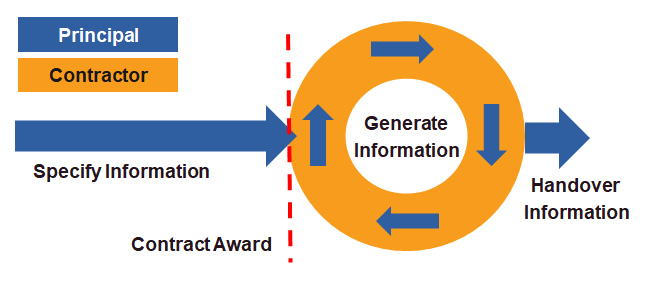Introduction to Conformance
Philosophy
It is important to understand the thinking behind our approach to the conformance process. We see the need for an agreed process to allow members to demonstrate how their software supports one or more stages of the CFIHOS business process (also known as ‘the lollipop’). This process should continue to keep up with the standard as it evolves, and be useful to members.
The constraints for defining this process are that:
- a software application will generally only support parts of the CFIHOS business process or data model (e.g. software used by EPCs vs principals, software used for tags vs documents).
- different software applications will have different approaches to meeting a given business requirement.
- the Software Vendor team must reach a consensus on the conformance process.
- the Steering team must agree to the proposed conformance process in order to protect the interests of the wider membership.
- the conformance process must be open for adoption by any Software Vendor member.
- it would be difficult and expensive to have an external verification of software conformance.
- other CFIHOS members want to understand the extent that a software application conforms to the standard, so it is clear how it will help them use CFIHOS in their work.
The conformance process must therefore provide a way for software vendors to submit evidence on how they can meet business requirements, structured so that other members can meaningfully compare this evidence and understand which software might be appropriate to their specific needs.
Basis for the process
Starting from the above philosophy, a software conformance process has been developed that is anchored to the CFIHOS business process, which is described in the CFIHOS narrative documents (e.g. Scope and Procedure document, Guide for Principal document, Guide for Contractor document).
This conformance process is divided into multiple conformance areas, so that software vendors can provide evidence for one or more specific parts of the business process.

The current CFIHOS business process is essentially the specification of the information deliverables, the tasks carried out to prepare that information, and the transfer of the accepted information to the business users who need it.

Developing the process
The Software Vendor team have agreed which parts of the CFIHOS business process might involve the use of software, and how they should be mapped to conformance areas. This will be reviewed and adapted as the standard evolves.